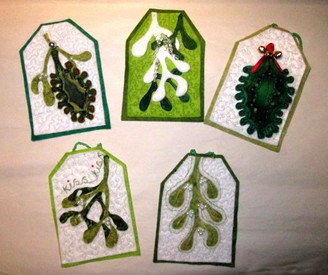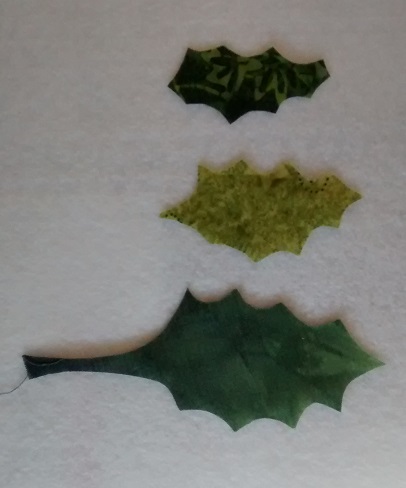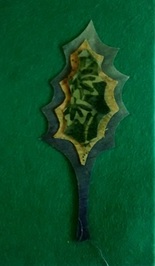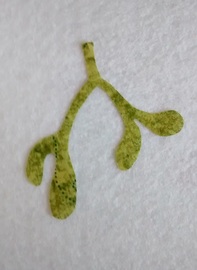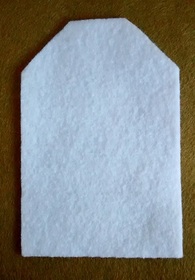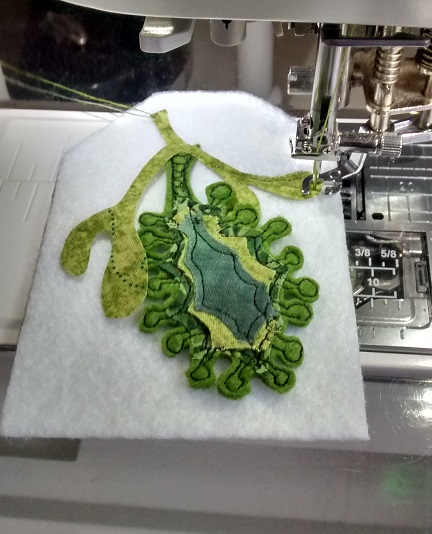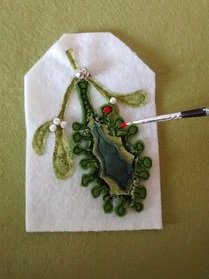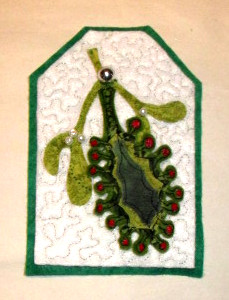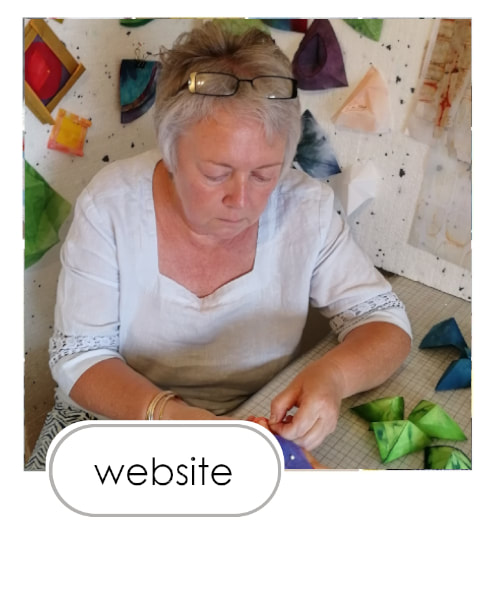|
Having messed about with raw edged leaves last week I had some ideas to make a few pretty things for Christmas. The holly leaves looked particularly nice, so I soaked a few more oddments of fabric in the Terial Magic stiffener and cut out a few more leaves; small, medium and large.
I placed the holly leaf shapes on top of each other and finally put the little pile onto a piece of green felt. I then free motion stitched the leaves down and did a bit more stitching around the edge to look like berries. Then I cut it out. Looks ok, don't you think?
Next I cut a piece of white felt into a rectangular 'tag' shape and laid the mistletoe and felt leaf onto it and then stitched that down too.
Ta da!!!
And then I got carried away.......................... Why not try out something similar? It was lots of fun and all I used was a few cotton fabric scraps and some oddments of felt. Thanks for looking.
|
|
